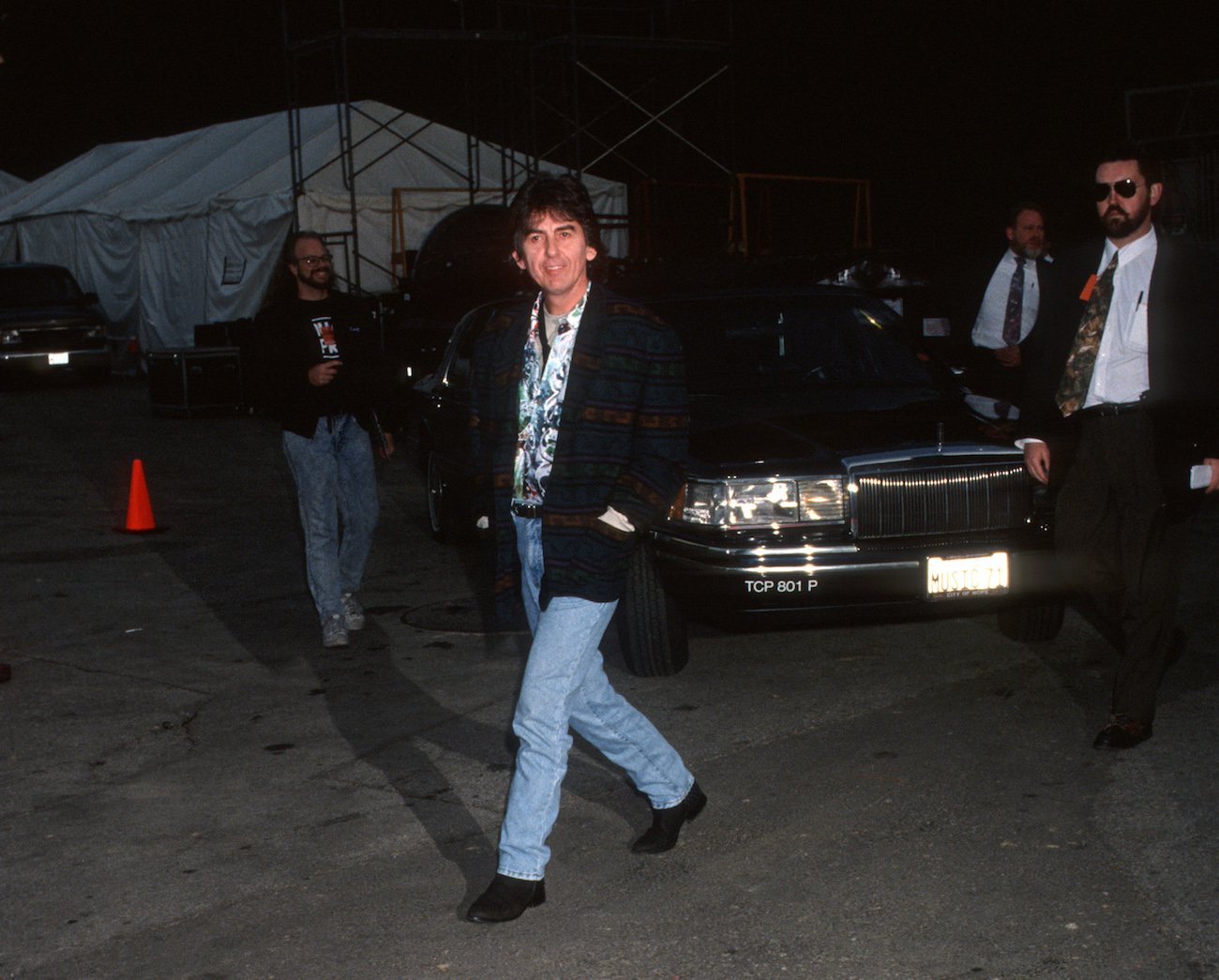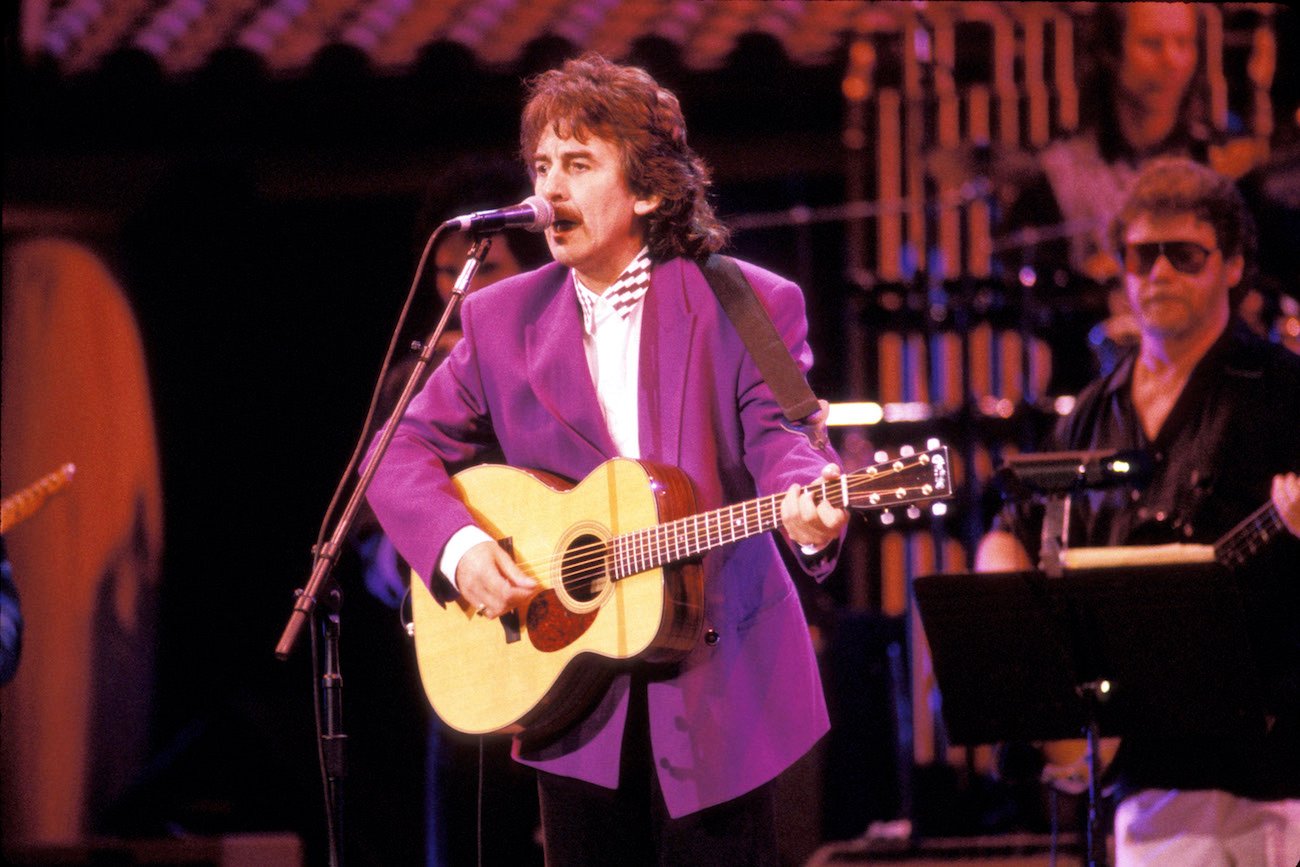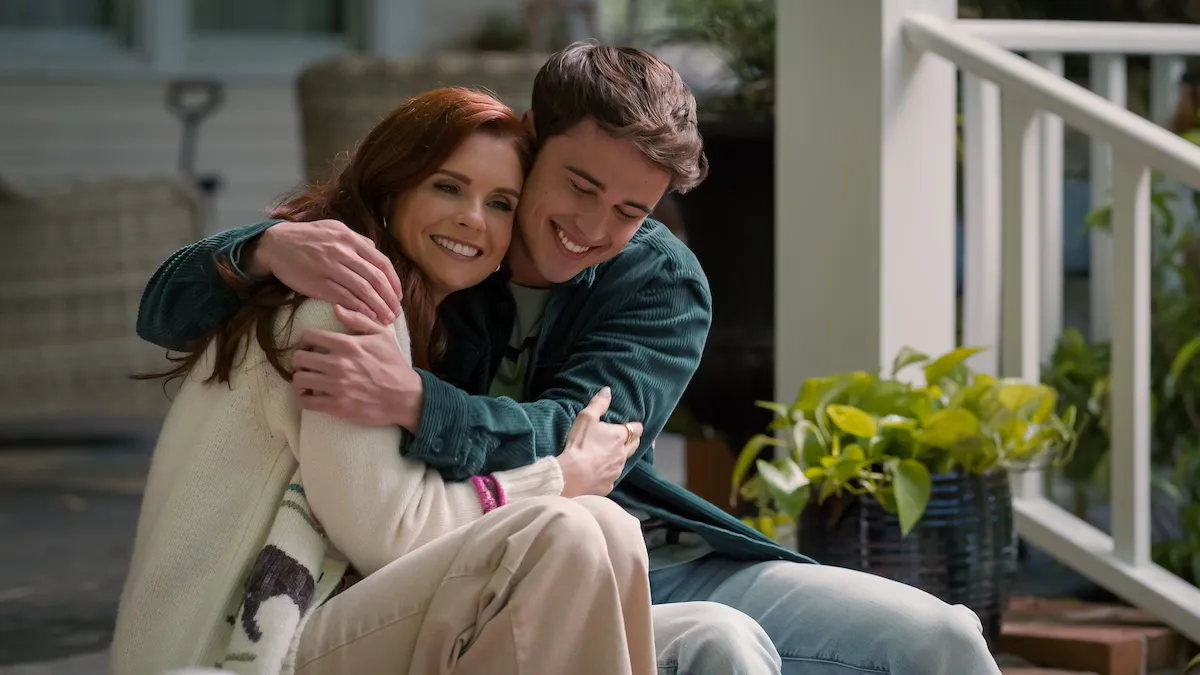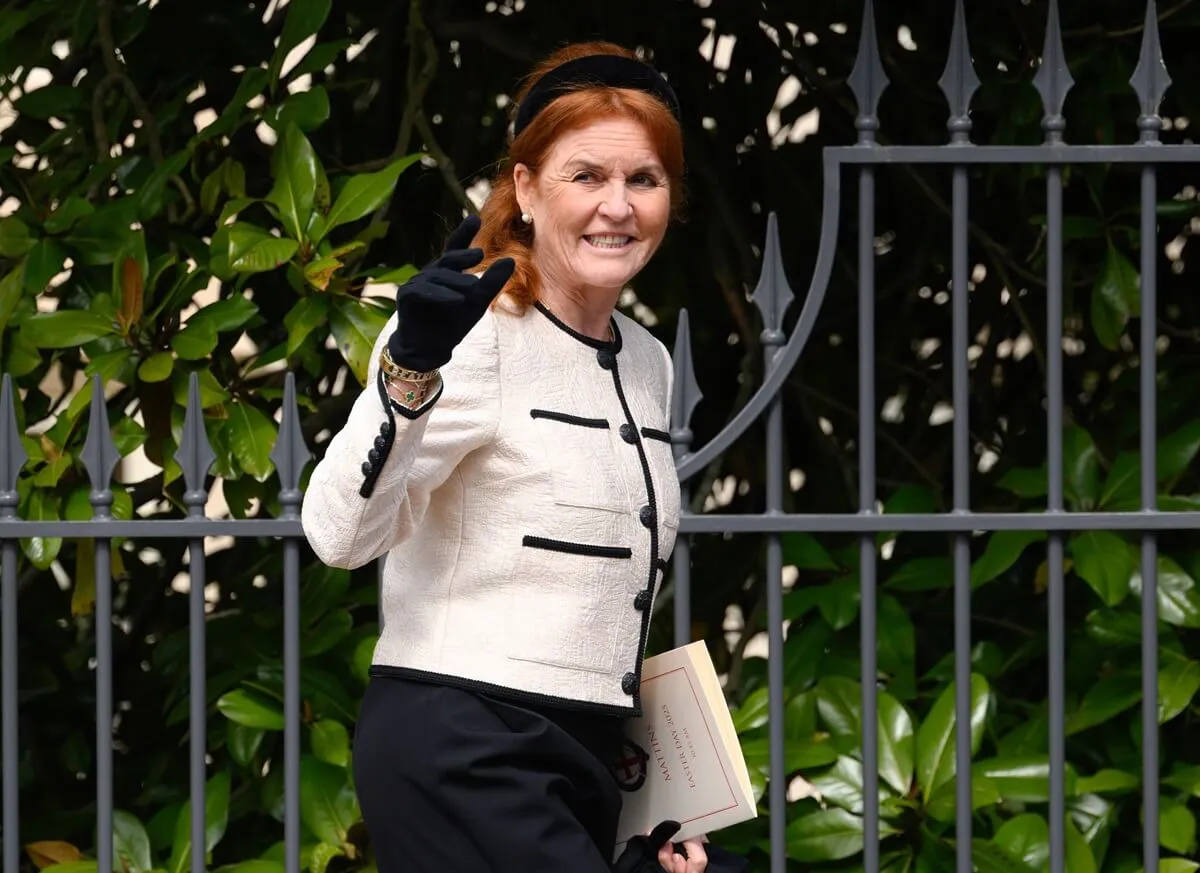
George Harrison Said He Was ‘Knocked out’ by How Great ‘Live in Japan’ Sounded
George Harrison said he was “knocked out” by how great his live album, Live in Japan, sounded. The former Beatle recorded it during his and Eric Clapton’s 1991 tour of Japan, and it contains songs he hadn’t performed before.
Initially, George had doubts about recording songs for a live album, but his engineer surprised him with the mixes.

George Harrison performed some of the songs on ‘Live in Japan’ for the first time
Initially, George was hesitant to agree to tour with Clapton and his backing band. However, he realized it was a good opportunity for many reasons. A tour would help him stop smoking and get him out of the rut he was in at the time. He didn’t need to organize a band, and he would be playing to a relatively tame audience in Japan. It was also a short tour, with only 12 shows.
However, George enjoyed the tour because he performed some of his songs for the first time. Some songs turned out better than the versions George had recorded in the studio.
He told Scott Muni at WNEW-FM (per George Harrison on George Harrison: Interviews and Encounters), “A lot of the songs that I had done, I had wrote them and then I recorded them, I sang it that one time on the record, and never, ever done them since.
“So to me they’re like new songs—like ‘I Want to Tell You’ and ‘Old Brown Shoe,’ even ‘Taxman,’ I’ve only ever sang it the one time.
“‘Piggies,’ you see, I’ve never really done that one before, and all my new songs like ‘Cloud Nine’ and ‘Cheer Down,’ ‘Devil’s Radio,’ even something like ‘Isn’t It a Pity’ has been around since 1970, that song from ‘All Things Must Pass.’
“But the first time I ever performed it. It’s really good for me to … see, it’s like singing new songs.”
However, George thought recording the songs that appear on Live in Japan would be tough.
Initially, George didn’t think ‘Live in Japan’ would turn out good, but it ‘knocked’ him out
George told Muni that he didn’t think recording Live in Japan would be easy. He thought there was too much power on stage. George was wrong.
“I’m happy about it anyway,” George said. “I thought it turned out good; it’s got a really good sound considering live isn’t the easiest thing to record and mix and hold onto the kind of—you know, because you’ve got so much power on the stage with all the amplification, but to put it back into a CD and try to have it sound as powerful, it’s not that easy. But I think it came out pretty good.
“I’m very happy. You know, all the time I was mixing the record, as I said earlier, it’s not that easy mixing trying to get the feel of the show onto disc, but I’m very happy how it turned out.”
George told Timothy White during a 1992 interview for Goldmine that the album “knocked” him out.
“I did my best! Once I mastered it in March, I distanced myself from it,” George explained. “I had to listen to the cassettes of the production copies, from the masters. And I listened to them on the flight from L.A. and London, and I was so excited by it. I was knocked out.”
The former Beatle loved what engineer, John Harris, did with the live album
George told Muni that the engineer of Live in Japan, John Harris, was excellent.
“I thought, because I was being precautious, I think it turned out even better than what I was expecting,” George said. “And it was a great band to work with, and I just hope I can do it again sometime.”
The former Beatle added to White, “There was a lot going on and he had a bit of an uphill struggle getting to Japan and setting all the stuff up. He’d done a lot of work before for Mobile Recording in New York, and he was there at the Albert Hall for the ’24 Nights’ album of Eric’s.
“I hired him and I knew he’d be capable, the advantage being that he’d worked with that band and knew the rhythm section and the keyboard players. I got on well with him and in retrospect it’s even better than I thought it was.
“It took quite a while to mix it and I got a bit paranoid during the mix of it, because we did it on a 48-track digital and I was not a fan of digital. But it was the only way I could see of doing it without ending up with 60 tapes slaving two 24-tracks together.
“We would have ended up with a truckload of tapes. So this way we ended up with 12 tapes on a 48-track digital, and then I mixed it in a studio that I wasn’t familiar with and he wasn’t familiar with either. But he did do a really good job, and it seems to have gotten better and better since we mastered it.”
Thankfully, George decided to record the 12 shows. His 1991 Japanese tour was his last. So, for George Harrison fans, it’s pretty precious.


